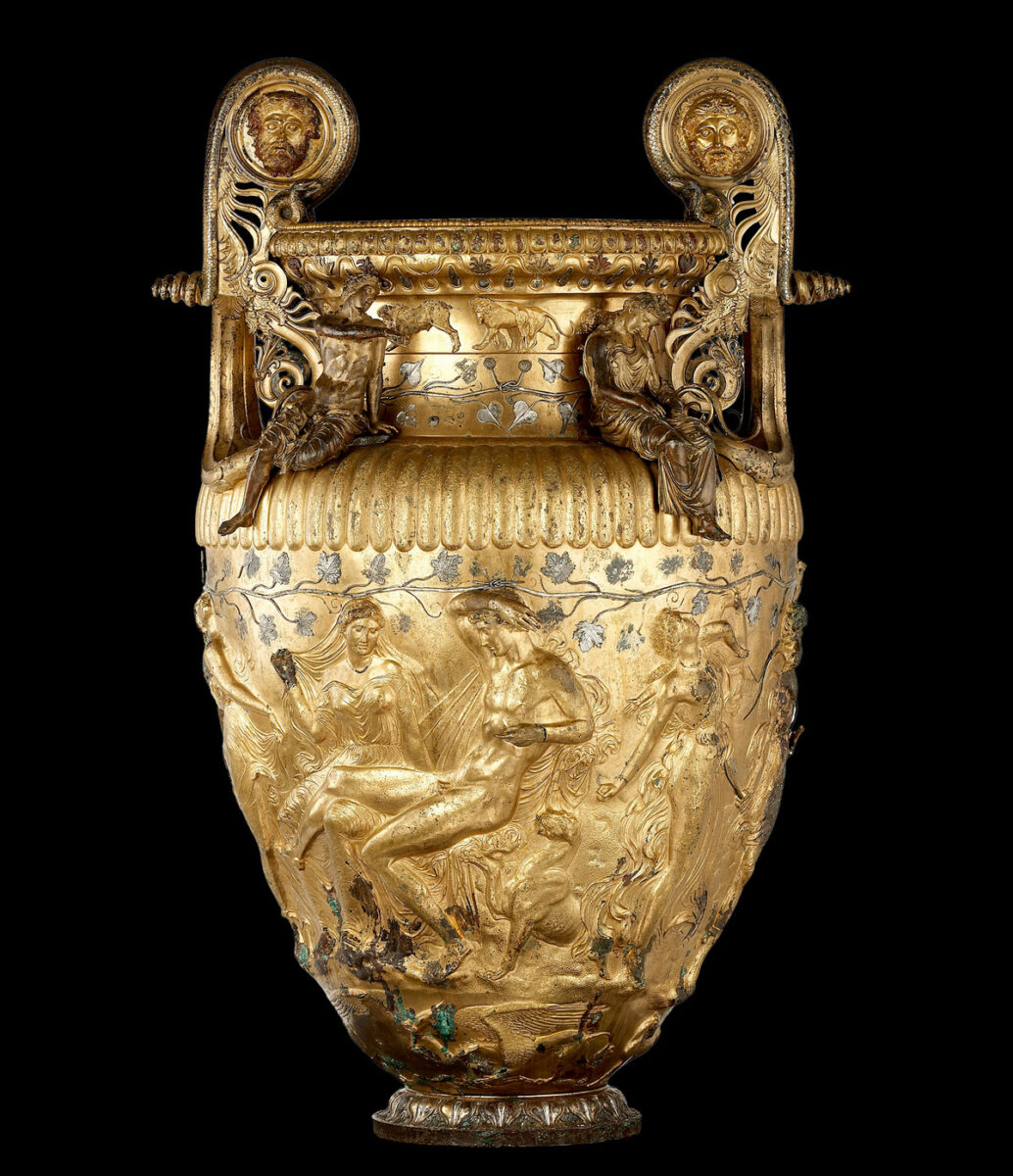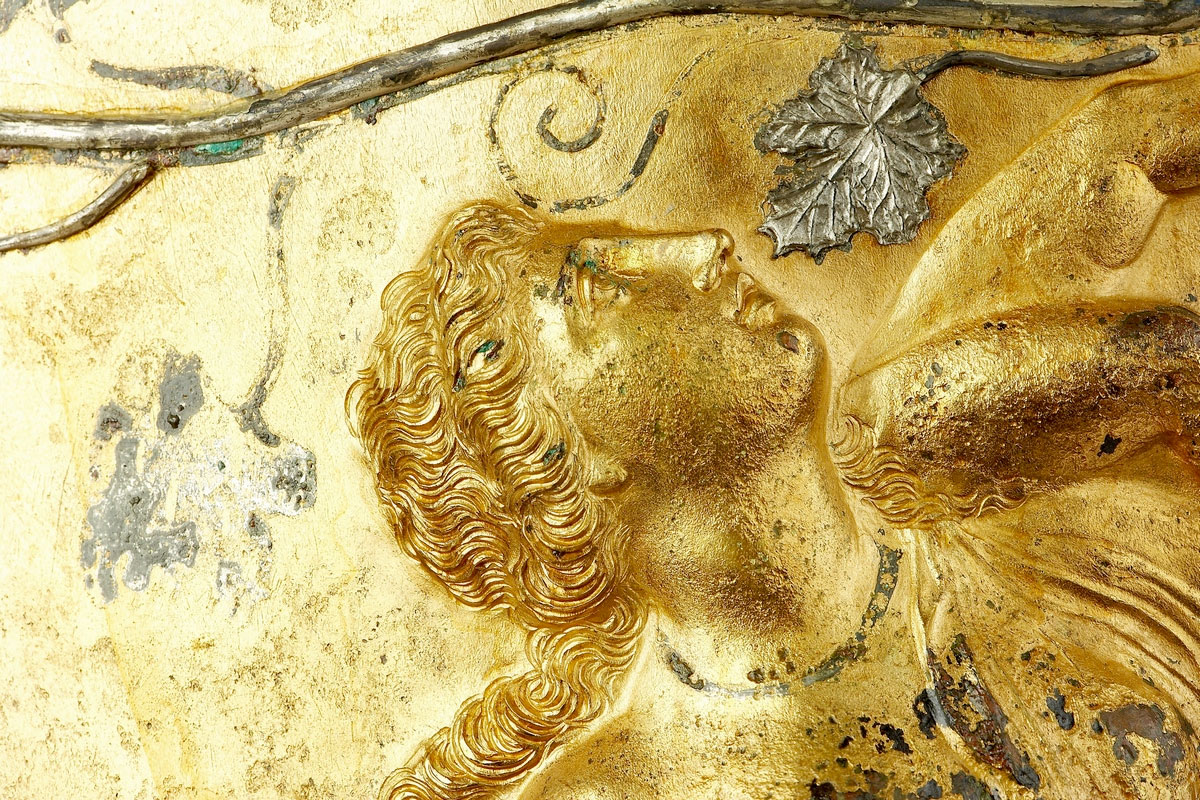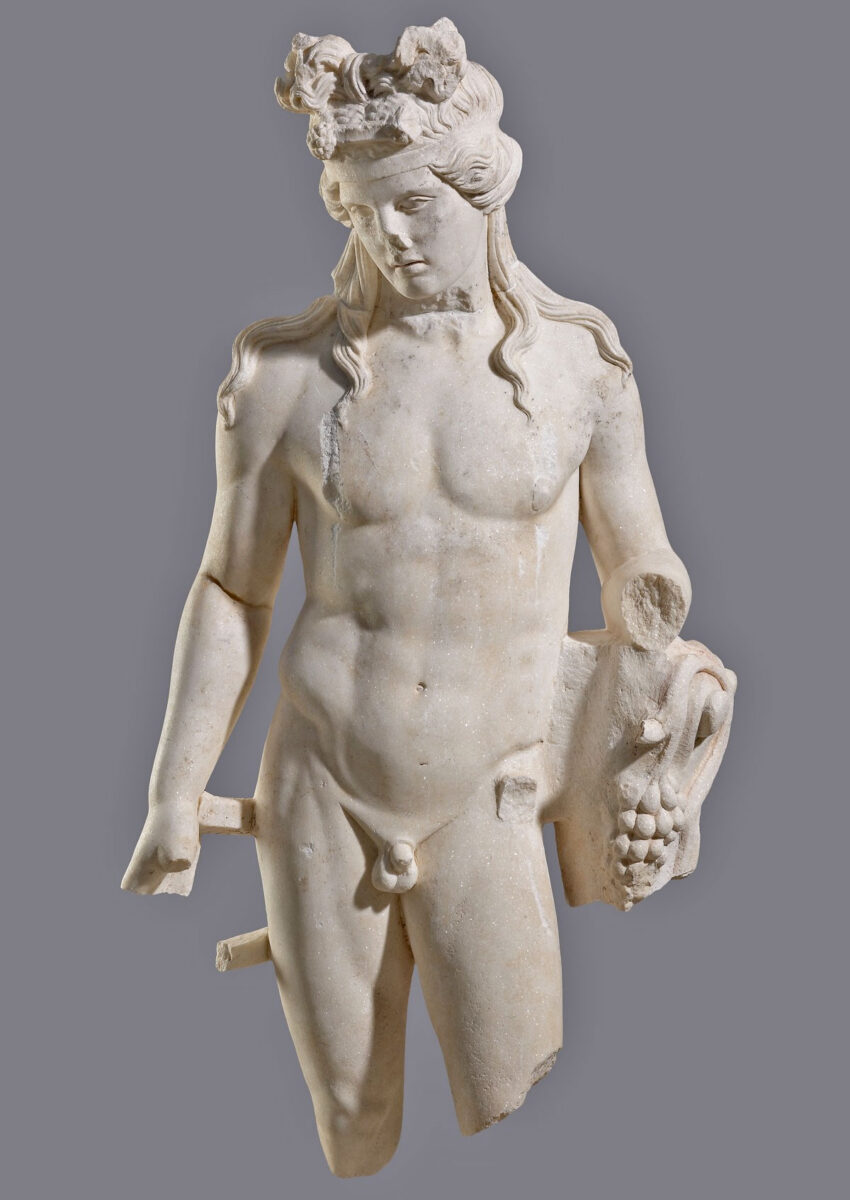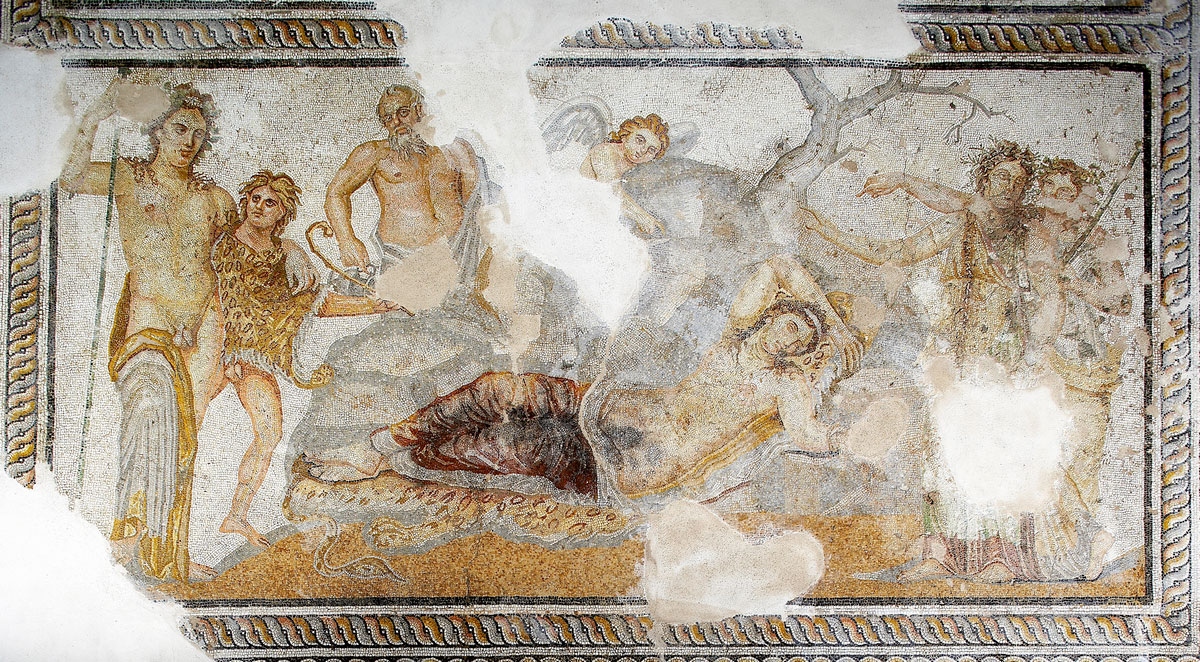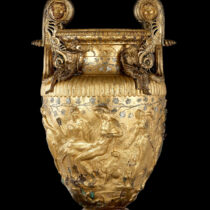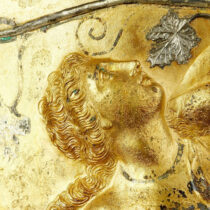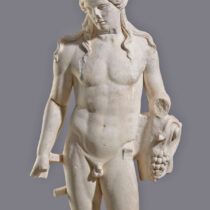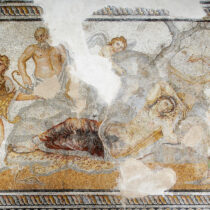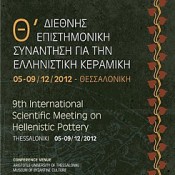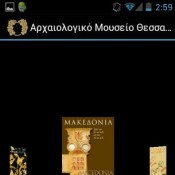Following the fruitful negotiations between the Director General of the Archaeological Museum of Thessaloniki Dr Anastasia Gadolou and the President of the Cultural Route of the Council of Europe Mrs Emanuela Panke under the auspices of the Directorate of International Relations and European Union of the Ministry of Culture, the Archaeological Museum of Thessaloniki (http://www.amth.gr) joined on July 15th 2023 the network of the Cultural Route of the Council of Europe Iter Vitis – Les Chemins de la vigne – (https://www.coe.int/en/web/cultural-routes/the-iter-vitis-route) .
The Cultural Routes Program was initiated in 1987 from the awareness of the existence of important European cultural attractions and of their role in the cultural valorization of free time, gained within a Core working group of the Council of Europe. It leads to the idea of fostering the rediscovery of the European cultural community also in the Countries of Central and Eastern Europe through the journey. Landscapes and routes are deeply connected: the European Landscape Convention also promotes the values of the Council of Europe by defining the landscape as an integral part of local identities and of the European collective identity. Furthermore, the development of aware and sustainable forms of tourism, addressed in particular to young people is one of the main goals of the Program.
The culture of the vine, winemaking and viticultural landscapes are an important part of European and Mediterranean food culture. Since the domestication of the vine, several thousand years BC, its evolution and spread has been considered a great human achievement, which shaped Europe’s landscapes, both in terms of its territory and its people. One of the main tasks of the Cultural Itinerary Iter Vitis is undoubtedly the enhancement, development and promotion of all points of interest.
Via the incorporation of the Archaeological Museum of Thessaloniki in the Iter Vitis network the values of the itinerary are going to be further promoted as a significant number of ancient works of art and artefacts related to wine and wine culture are embodied in its collections. All these works of art reflect the importance of vine cultivation, wine consumption and furthermore the distribution of the cultural value of “drinking – during feasting” in Antiquity in the concept of ancient Symposia.
The Magnificent and unique Derveni Krater (figs. 1, 2), the mosaic floor depicting a multi-figured Dionysiac scene derived from a luxurious house in ancient Thessaloniki (fig. 3), attic sarcophagi depicting scenes of vine harvest, sculpture (fig. 4) and furthermore various shapes of sympotic vases, can serve as the emergence for the creation of many different and interesting narrations around the wine culture.
Ancient Greek Symposium (common meals), one of the main characteristics of Greek civilization, was widespread in Mediterranean by the Greeks since the middle of the 8th c. BC and had the characteristic of a fundamental social practice that marked most celebrations of life stages and natural cycles when people gather, and in varying ways display, reaffirm, and change their identities as individuals and as members of groups. It is an integral part of ritual and religious practice, occurring nearly universally as a component of other activities.
The Archaeological Museum of Thessaloniki, the biggest and most significantMuseum of northern Greece, as a new member of the Cultural Route of the Council of Europe Iter Vitis, intends to develop in collaboration with the Directorate of International Relations and the European Union of the Ministry of Culture various actions and synergies with the aim of promoting and disseminating in society in a scientific and creative way the purposes of the Cultural Route of the Council of Europe Iter Vitis.
